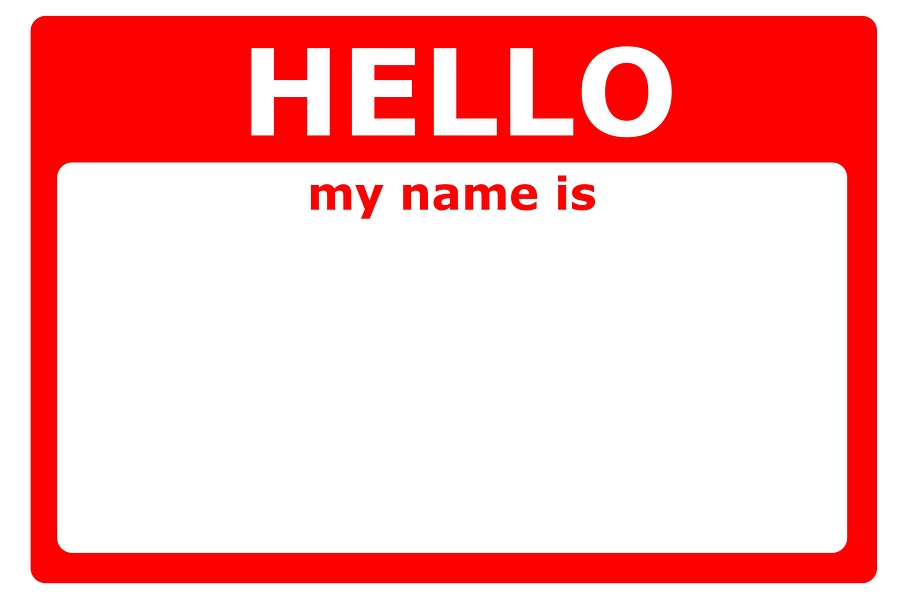While editing a novel recently, I was writing a note to explain the importance of beats. Which led me to an explanation of the importance of varying the kinds of beats we use. Which led me to a realization: dialogue tags and beats and descriptive beats are very different things.
Okay, okay…yes, I already knew that. But I hadn’t really thought it over much. As a writer, I sometimes tend to operate on instinct as much as “study of the craft.” I’ll write something, then realize it’s not quite right and fix it. But I don’t go through an analysis of why it’s not right, I just…fix it. Looking at this element of the craft while editing, though, I needed to analyze so I could explain. So if you ever wondered how an editor’s mind works, well, here goes:
Hmm. That beat after the dialogue doesn’t work. Yes, we need a tag or something here, but this beat is the same as too many other beats.
“Dear author, this is too similar…”
No, wait. It’s not just that it’s too similar. It’s that the action contained in the beat doesn’t really accomplish anything…it doesn’t add anything to the scene. It’s an empty beat. Okay…
“Dear author, this is too similar to other beats and it doesn’t …”
Hang on. Let me read that text again. Hmmmmm….
Stage direction: (Wham! The light dawns—and smacks the editor between the eyes.)
Aha! Okay, what we have here is not just an empty beat, but it’s a simple beat when what we really need is a descriptive beat. Ooo! Cool! Not all beats are equal! Simple beats do a bit more than dialogue tags. But descriptive beats… descriptive beats are like the cream cheese frosting on the brownie! It adds flavor and enhances the sweetness—or harshness, or whatever—of the scene. It gives a glimpse into the character or the setting or the emotions. Oh! Wow! That’s why I love well-done, strategically used descriptive beats! They’re cream-cheese frosting!
Speaking of which…I’m hungry. Maybe I’ll go get some lun—No. Better finish this note first. So where was I… Oh yeah, descriptive beats enhance and deepen the scene.
“Dear author, guess what? I just had a revelation and I owe it to you!…”
So, for the record, a dialogue tag identifies who is speaking and is, in it’s simplest form, he said/she said. (One note: do NOT, ever ever ever, use such things as giggled, chortled, sighed, laughed, guffawed as dialogue tags. For one very simple reason: it’s physically impossible to speak while doing those things. Try it. I dare you. But don’t try to guffaw words. You’ll choke. If you want a simple dialogue tag to identify the speaker(s), go with said.) And dialogue tags work well when they’re needed, such as when more than two people are speaking, or with an extended section of dialogue where readers may end up confused as to who is saying what (and yes, the right word to use there is who, not whom. <gg>).
Beats, in their simplest form, also tell us who is speaking but add a little more:
“It’s so fun to use descriptive beats in fiction!” Her delight made me smile.
This simple beat goes beyond just telling us who is speaking—it also shows she’s delighted and that it’s contagious.
And then there are the descriptive beat, which peels back the layers of the scene to give us a peek beneath the surface…
“It’s so fun to use descriptive beats in fiction!”
Our writing prof clapped her hands and did a little jig, her high heels setting the old, wooden floor to creaking.
The descriptive beats paint a picture of the speaker, even the location/setting. And the beauty is you can use descriptive beats as springboards to do even more:
“It’s so fun to use descriptive beats in fiction!”
Our writing prof clapped her hands and did a little jig, her high heels setting the old, wooden floor to creaking. I couldn’t decide if she was over-the-moon happy–or just a bit crazy.
Maybe even more than a bit.
Probably why I like her so much.
So go on. Get out there and have some fun with descriptive beats. Don’t, of course, overuse them. But when you find spots where they’ll work, enjoy!











